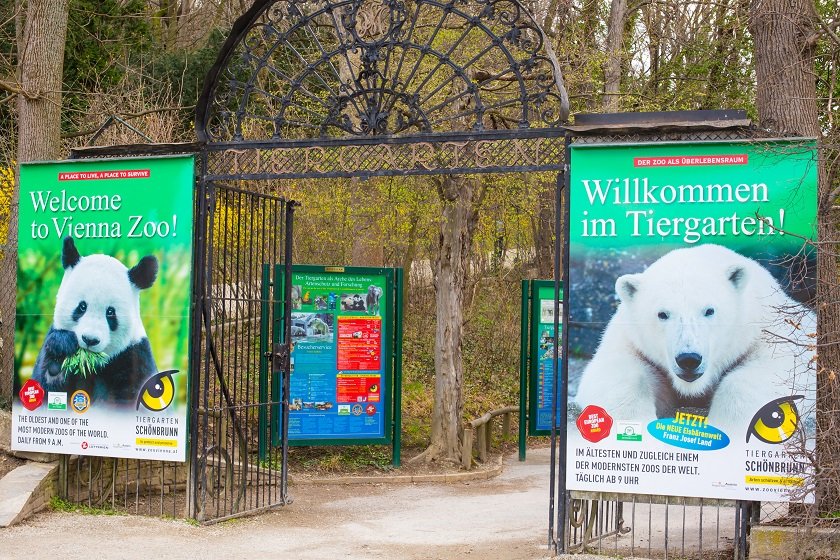


Scientific research and conservation efforts now animate the zoo as much as a desire to preserve the rich history of the environs. Today, modern operations coexist with their historic setting. He also ensured that visitors would always be welcome at the park, enshrining this promise in a motto that can still be seen above the park’s gate: “A place of recreation dedicated to all the people by their Esteemer.” Joseph added carnivores, which his father reportedly avoided because of their odor. “Most of them were closed after the death of the emperor who founded them,” he tells .īut things were different in Vienna: After Franz Stephan’s death, his son and his wife’s successor, Joseph II, increased the variety of animals found at the park. According to the zoo’s historian, Gerhard Heindl, the other menageries were temporary. The Vienna zoo, however, is the one that endured-today, it’s the world’s oldest. They were stocked with animals brought back from exploratory missions financed by ruling families and provided an opportunity to show off their acquisitions as the Enlightenment brought the natural sciences into focus. An octagonal pavilion sat at the center, surrounded by 13 animal enclosures and lushly painted with scenes from Ovid’s Metamorphoses.Īt the time, collections of wild animals were common in royal courts throughout Europe. So he built a menagerie using his private funds, filling it with exotic birds, monkeys, and other creatures. Stephan was new to Vienna, having married an empress, and he wanted to bring his collection of exotic animals with him. The place: Schönbrunn Palace, the summer residence of his majesty Franz Stephan I of Lorraine.


 0 kommentar(er)
0 kommentar(er)
